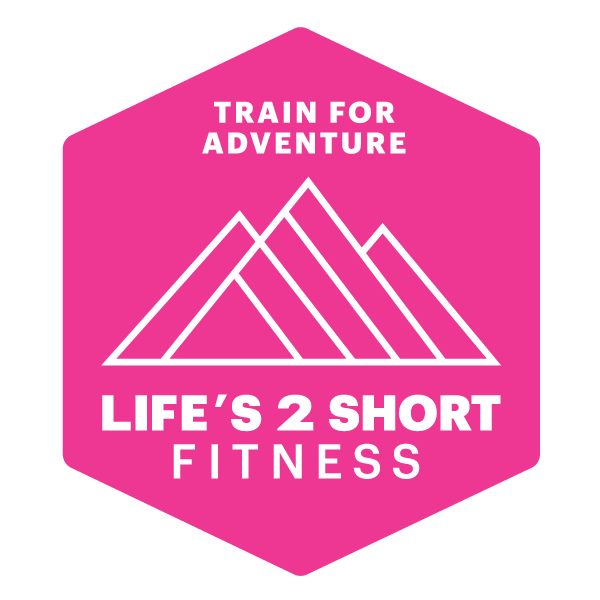
Life’s 2 Short Fitness
Train For Adventure
Life’s 2 Short Fitness organizes courses, clinics, events and community focusing on skills and fitness based curriculum to help educate, encourage and empower women to experience outdoor adventures and activities in a supportive and inclusive environment.
Adventure Training
Adventure is waiting just around the corner. Whether your goal is to get into trail running, mountain biking, snowshoeing, standup paddleboarding or other adventures, L2S provides community, training, support and fun along your journey!
Adventure Membership
Join us for unlimited weekly group hikes, runs, rides (MTB + gravel plus coached skills session) workouts (like stair climbing at Red Rocks amphitheatre) and other social outings like snowshoeing, paddleboarding and more!
The Adventure Membership has SO many other perks like discounts on retreats, all programs and events, free rentals at select meetups, virtual fitness challenges, training plans/videos and more.
Adventure Retreats
Join the team from Life’s 2 Short Fitness for adventure retreats in Colorado and across the world! Our excursions include everything under the sun for all levels with highly experienced instructors and guides.

“I have been working out with Life's 2 Short Fitness for a year and all the coaches are enthusiastic, encouraging and knowledgeable. I love learning about new trails in the Denver metro area. I highly recommend this group!”
— 2022 program participant
Don’t miss a new clinic, course, event or post!
Sign up to be the first to know when we launch a new offering or community meetup!



